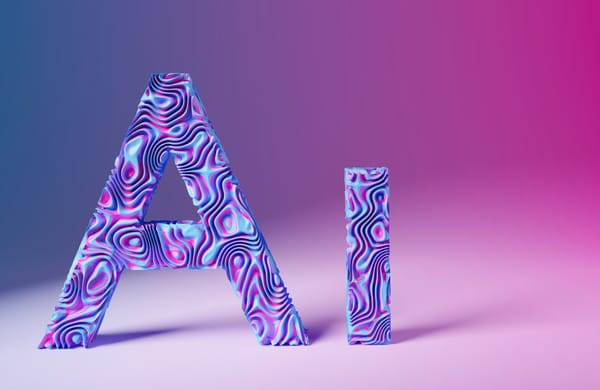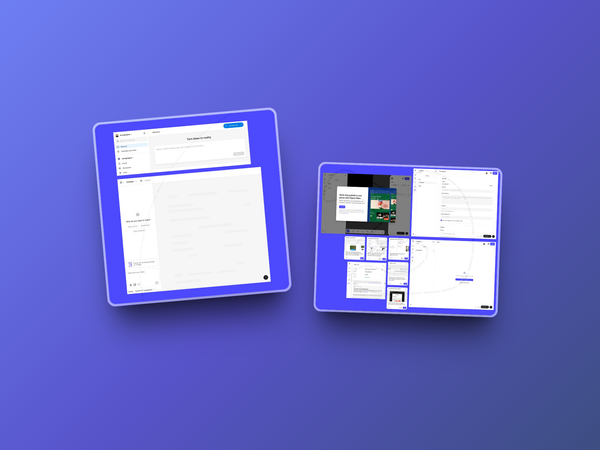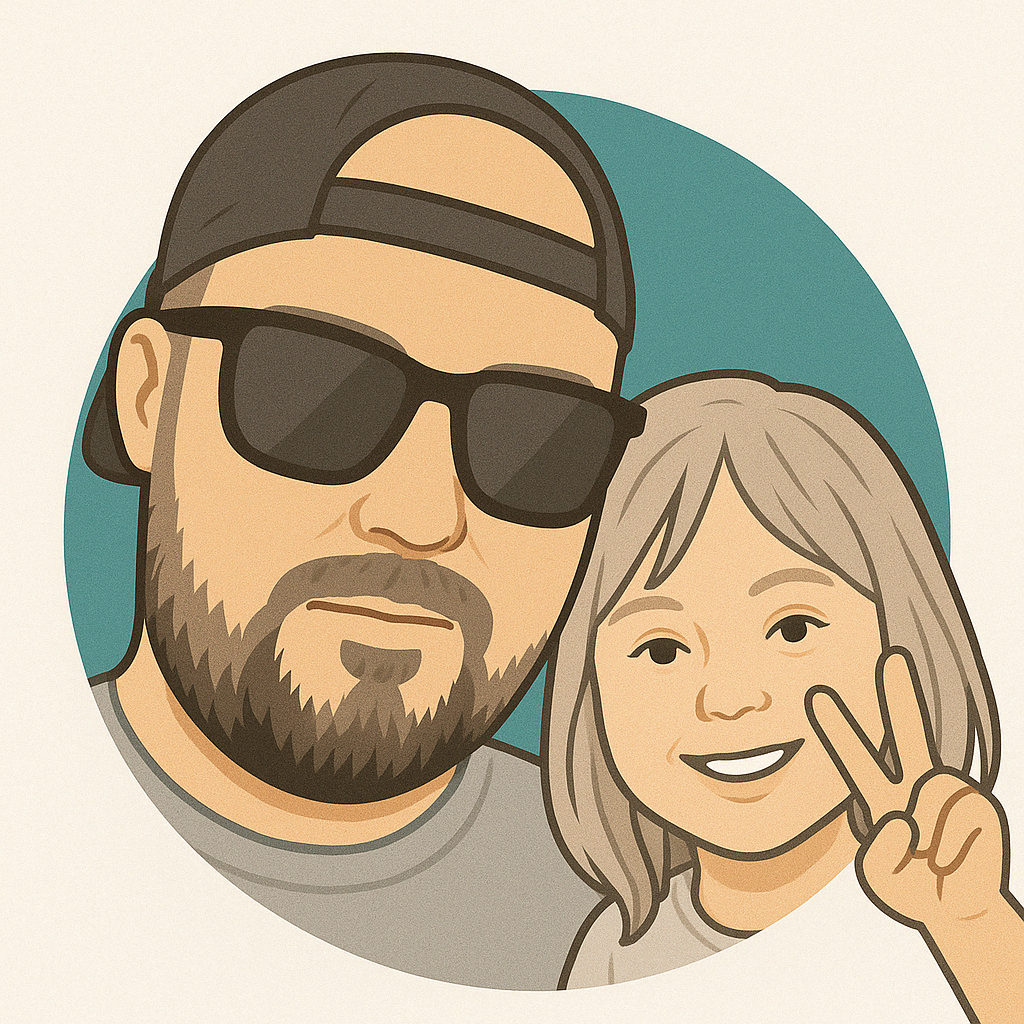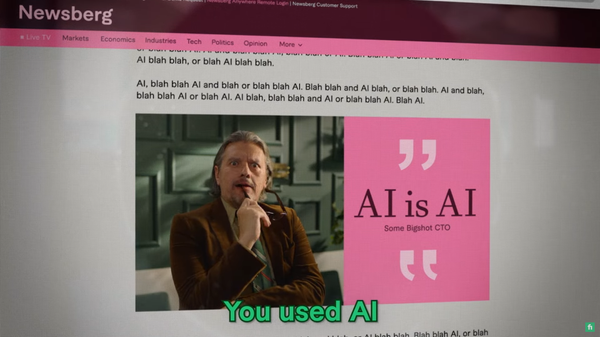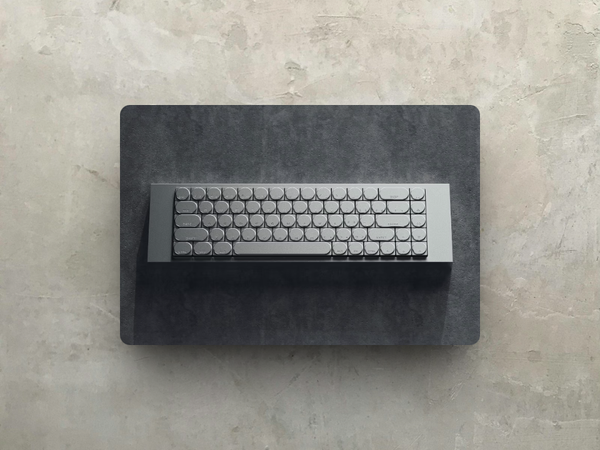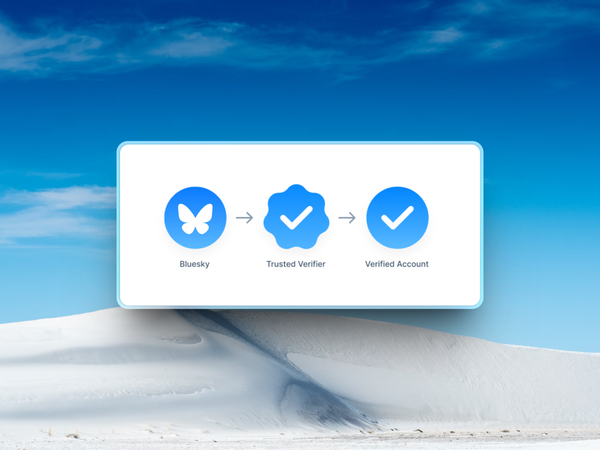Mobile-first was huge.
It changed how we built products. But now something bigger is brewing: AI-first. If you thought switching from desktop to mobile was disruptive, brace yourself.
AI-first is about to make that leap look small.
What Exactly is "AI-First" Design?
Unlike AI add-ons or "co-pilots," AI-first design means the entire product revolves around artificial intelligence from day one.
It's not about slapping AI onto an app you already have—it's about building your product with AI at its heart.
Think of AI-first products as your assistant that seamlessly connects apps and services for you.
You won't open Uber, Spotify, or DoorDash separately. Instead, you'll just tell your AI what you want, and it'll handle the rest.
Alexa: The Early (Failed) Experiment
Alexa was an early attempt at AI-first, and it showed promise at first.
But anyone who's shouted at an Echo for failing simple tasks knows it wasn't quite ready.
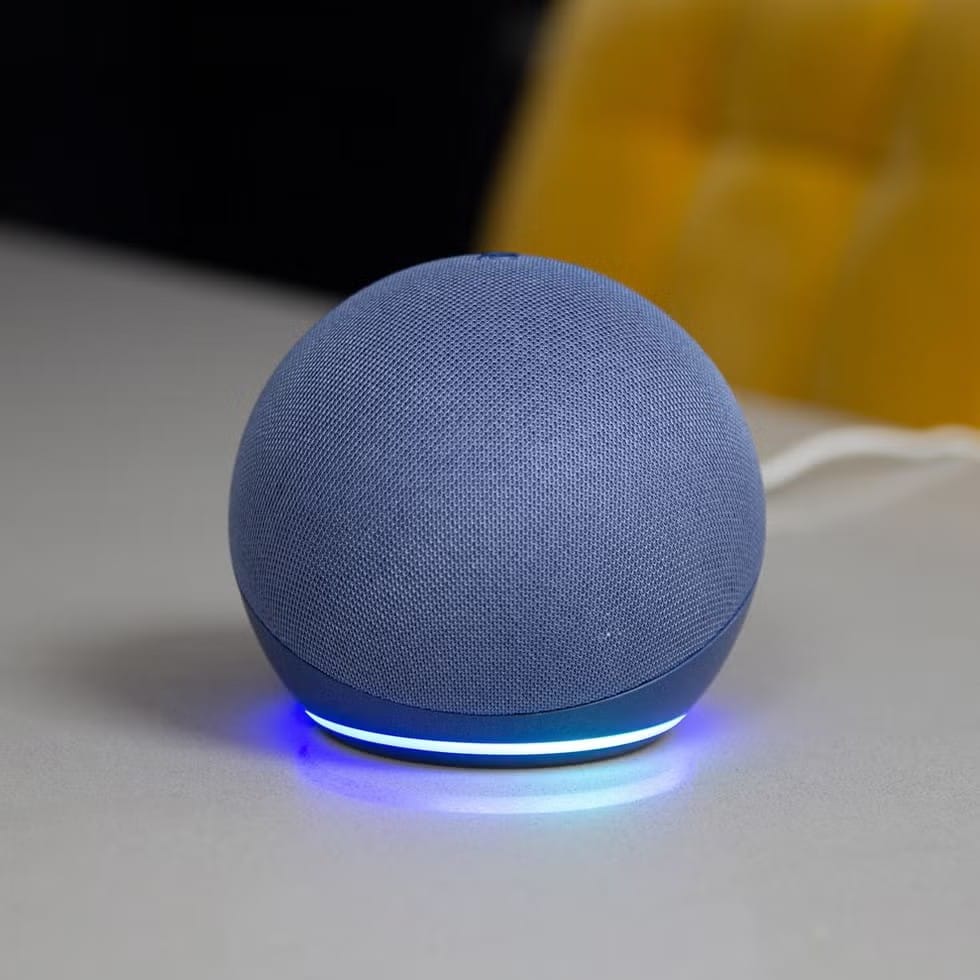
Alexa struggles with multi-step tasks, gets confused by context, and demands patience most people don't have.
Ordering pizza through Alexa is enough to make anyone miss tapping on apps.
AI-First Done Wrong: The Rabbit r1
Rabbit's r1, launched in early 2024, promised a lot: smooth integration, no apps, just ask and get things done.
In reality, reviewers tore it apart. The r1's "Large Action Model" turned out to be mostly hype, running basic scripts that broke easily. It couldn't handle simple tasks like booking an Uber reliably.
What sounded groundbreaking ended up being a dressed-up chatbot strapped onto a tiny screen.
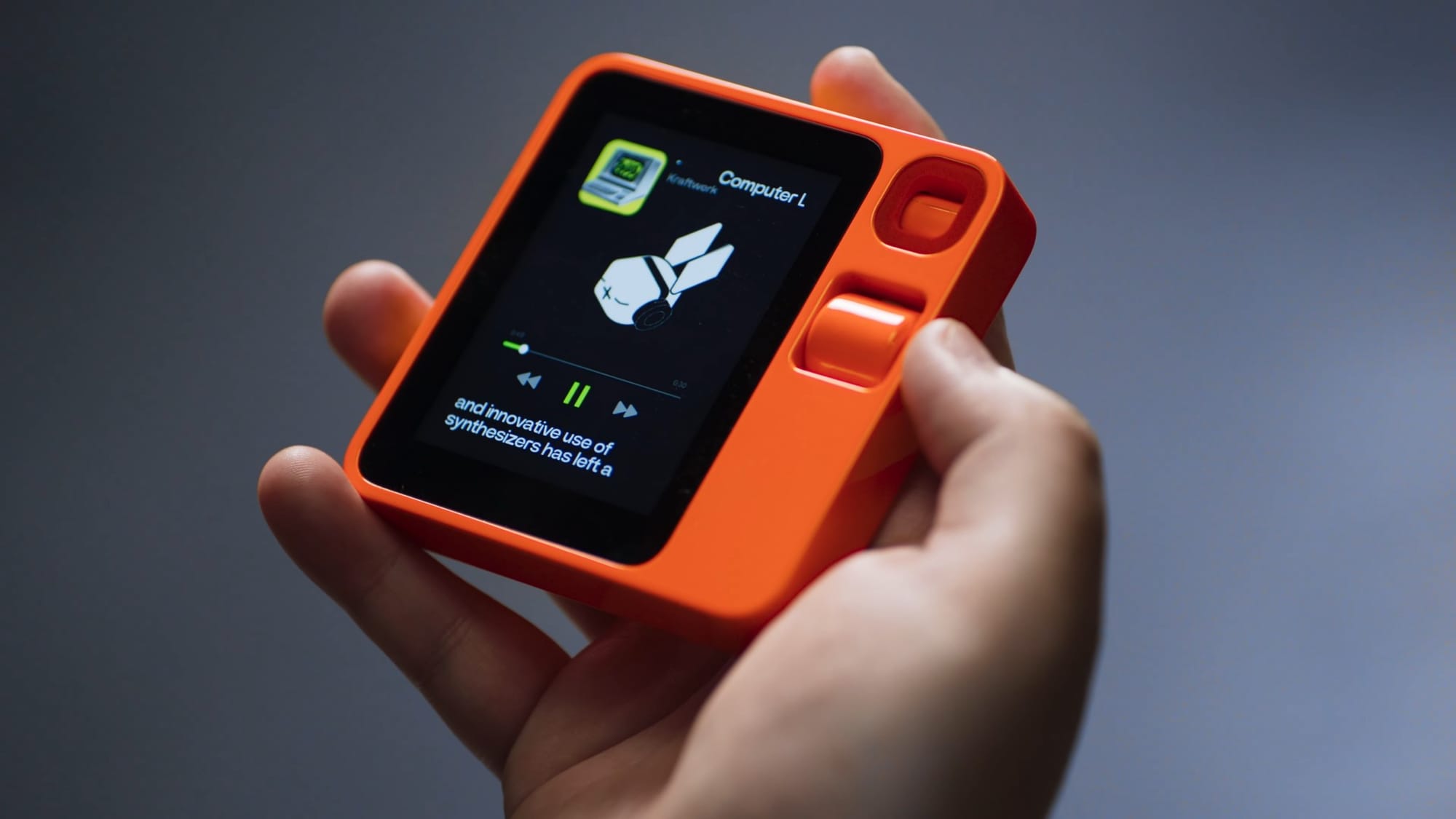
But the failure of r1 gives us important lessons about what AI-first really means:
- Simple and seamless: The interaction must be effortless. No lengthy setups, no secondary devices needed.
- Personal: AI should quickly understand your likes and dislikes, making interactions feel tailored.
- Private: Users must trust the AI won't misuse their data.
- Secure: Transactions must be safe—think facial recognition or fingerprint scanning.
- Not voice-first: Text is still essential. Not everything can or should be done out loud.
- Serious form factor: Products shouldn't look like toys. Subtle design that blends into your life works best.
Why Apps Must Die
Apps force users into little silos. Want food? Open the app. Music? Open another. Travel? Another again.
AI-first kills this model. Instead of jumping between apps, users simply say what they want. The AI handles it all behind the scenes, smoothly pulling from services without you noticing.
This isn't science fiction. It's happening now. But just like early smartphones, it'll take time to perfect.
Expect early stumbles, hype, and failures. But don’t underestimate this shift. When it clicks—and it will—AI-first will redefine our relationship with technology.
Your phone won't be full of apps. It'll be an AI-driven platform. Smooth. Simple. Seamless.
Get ready—it's coming faster than you think.


